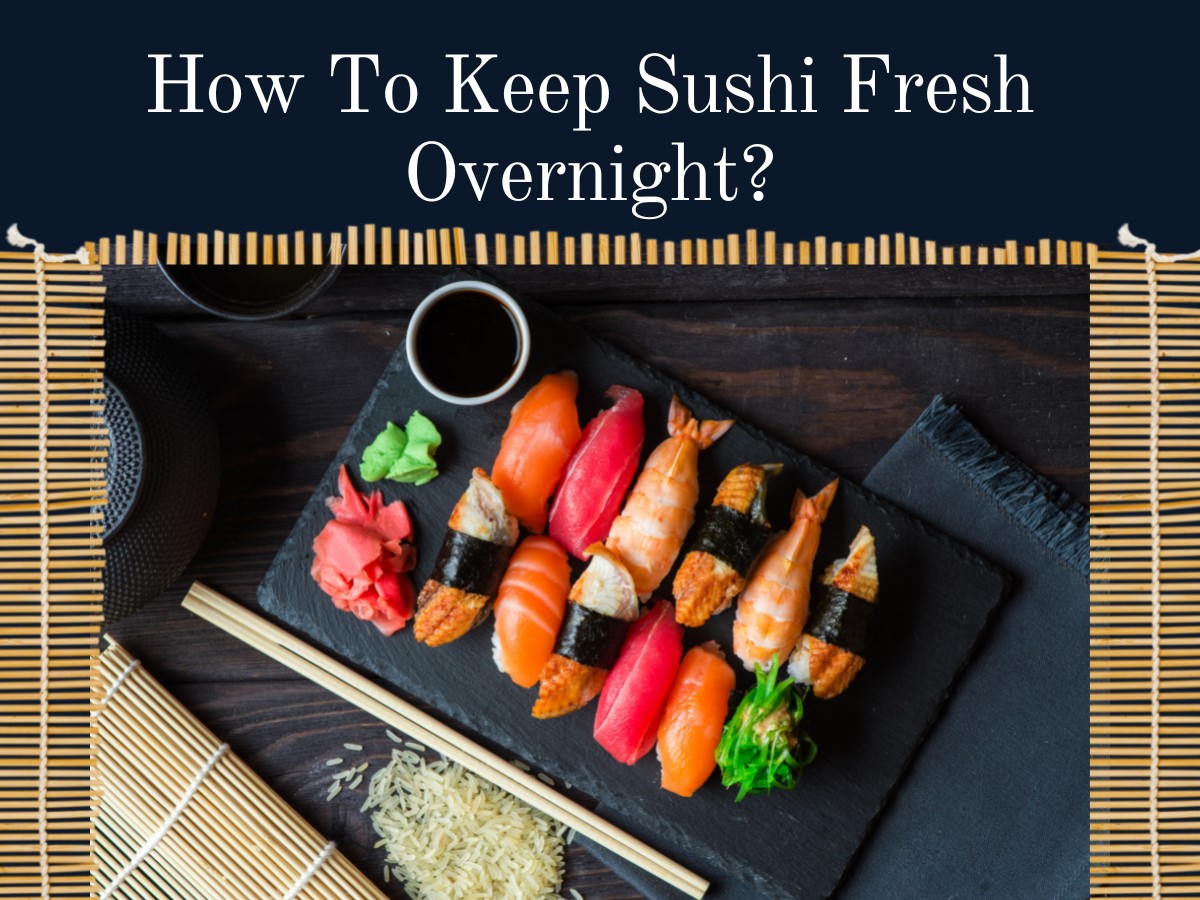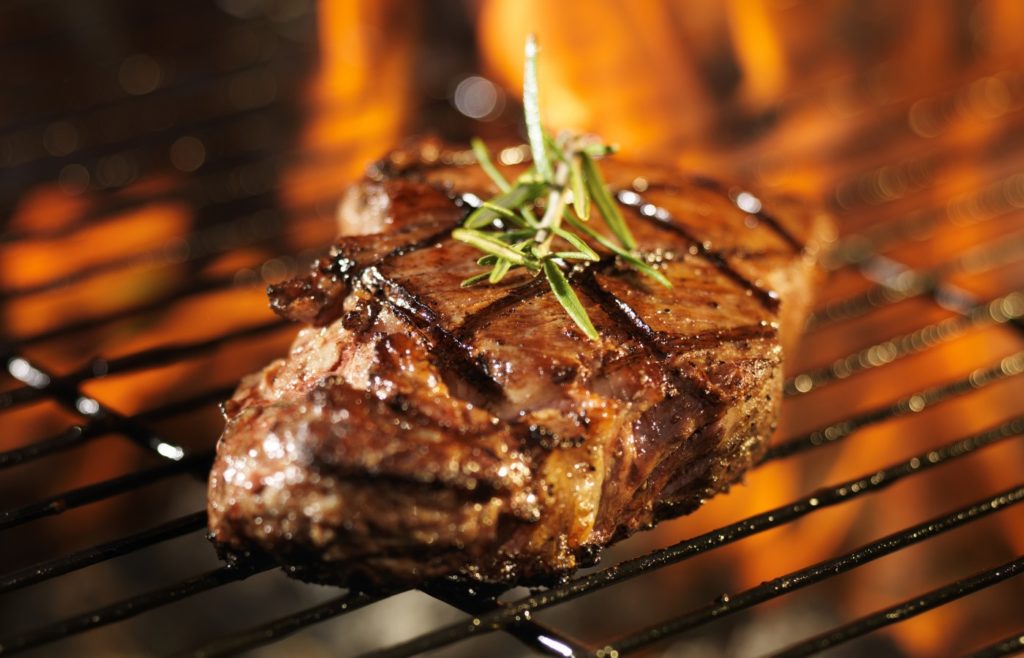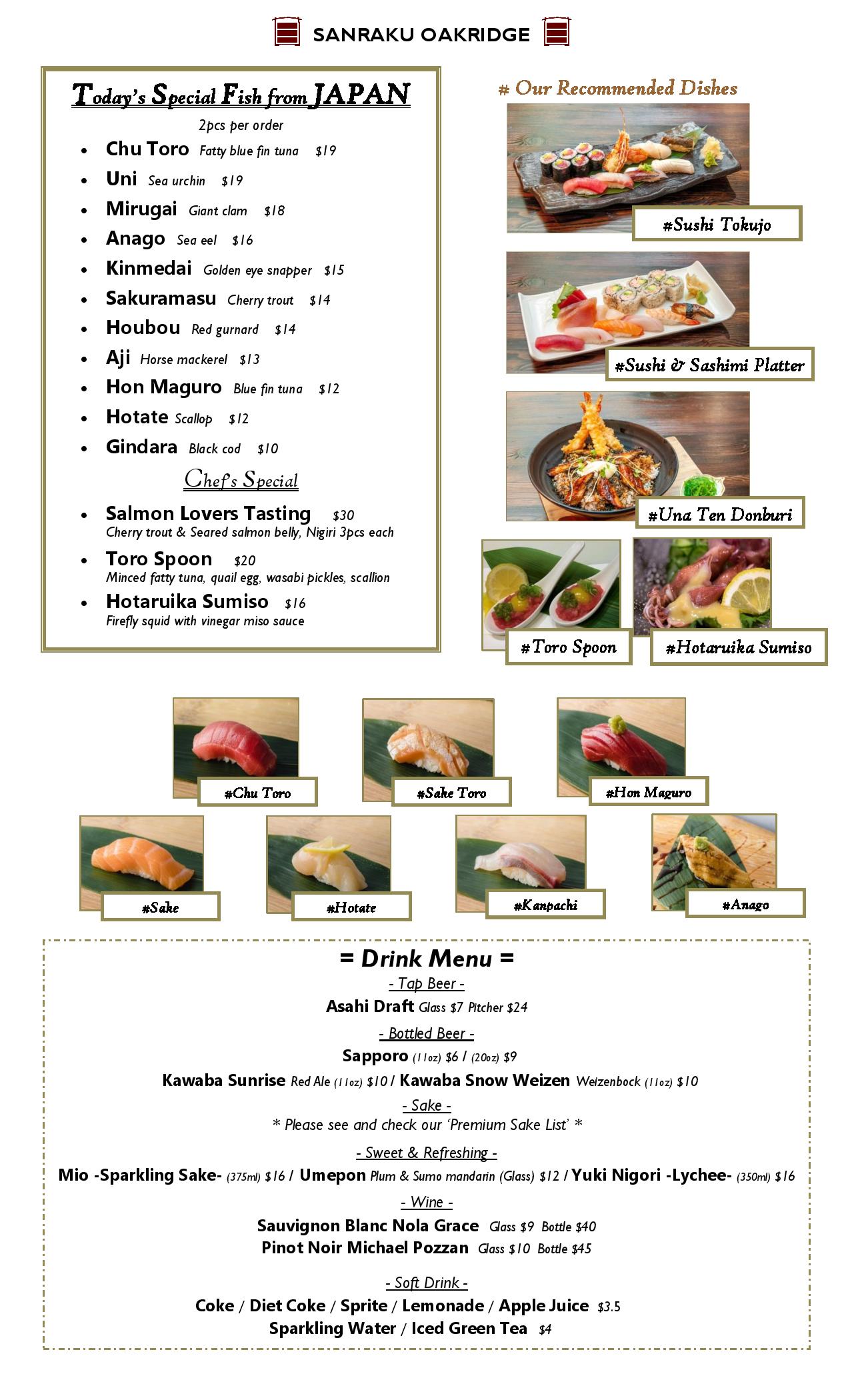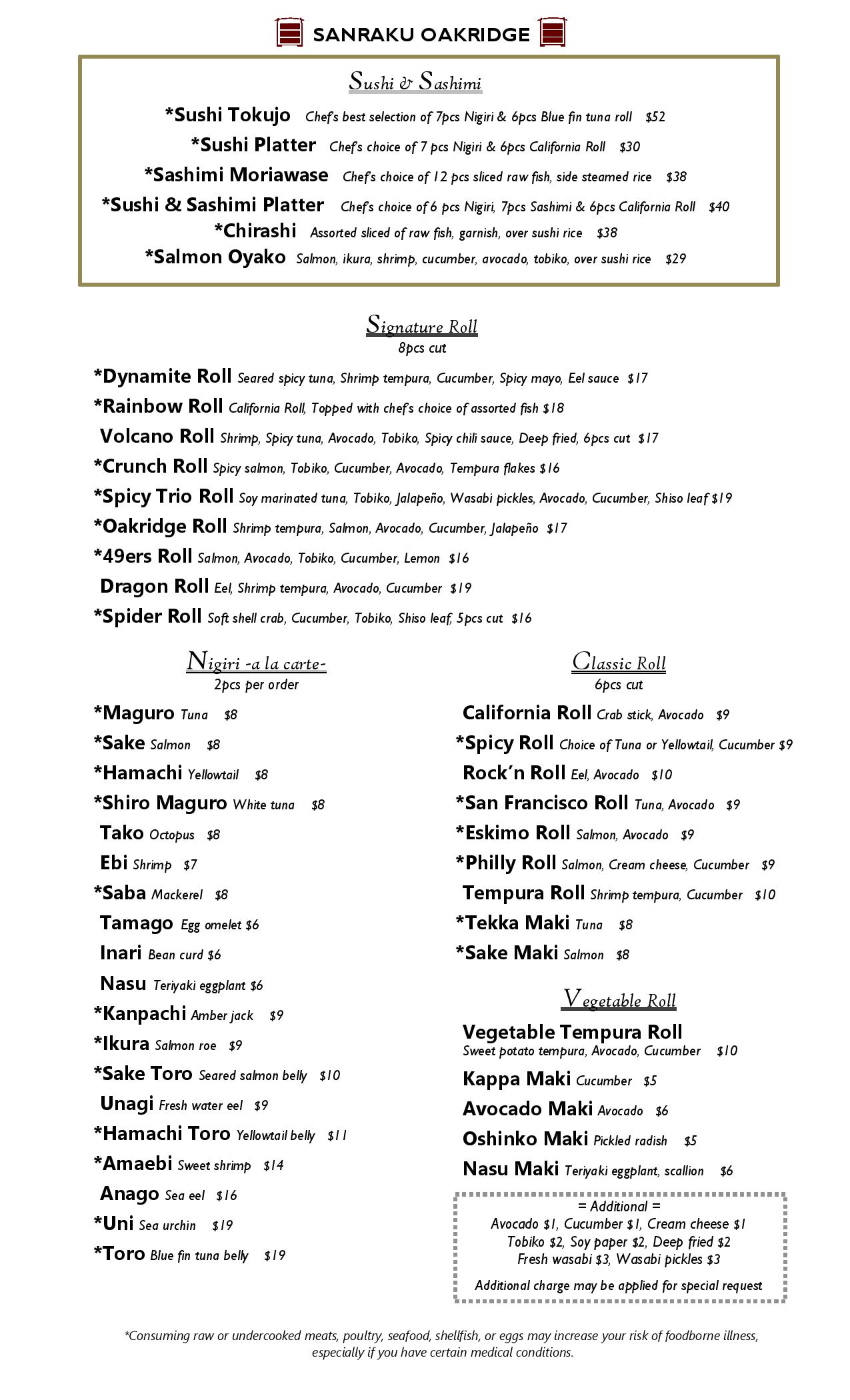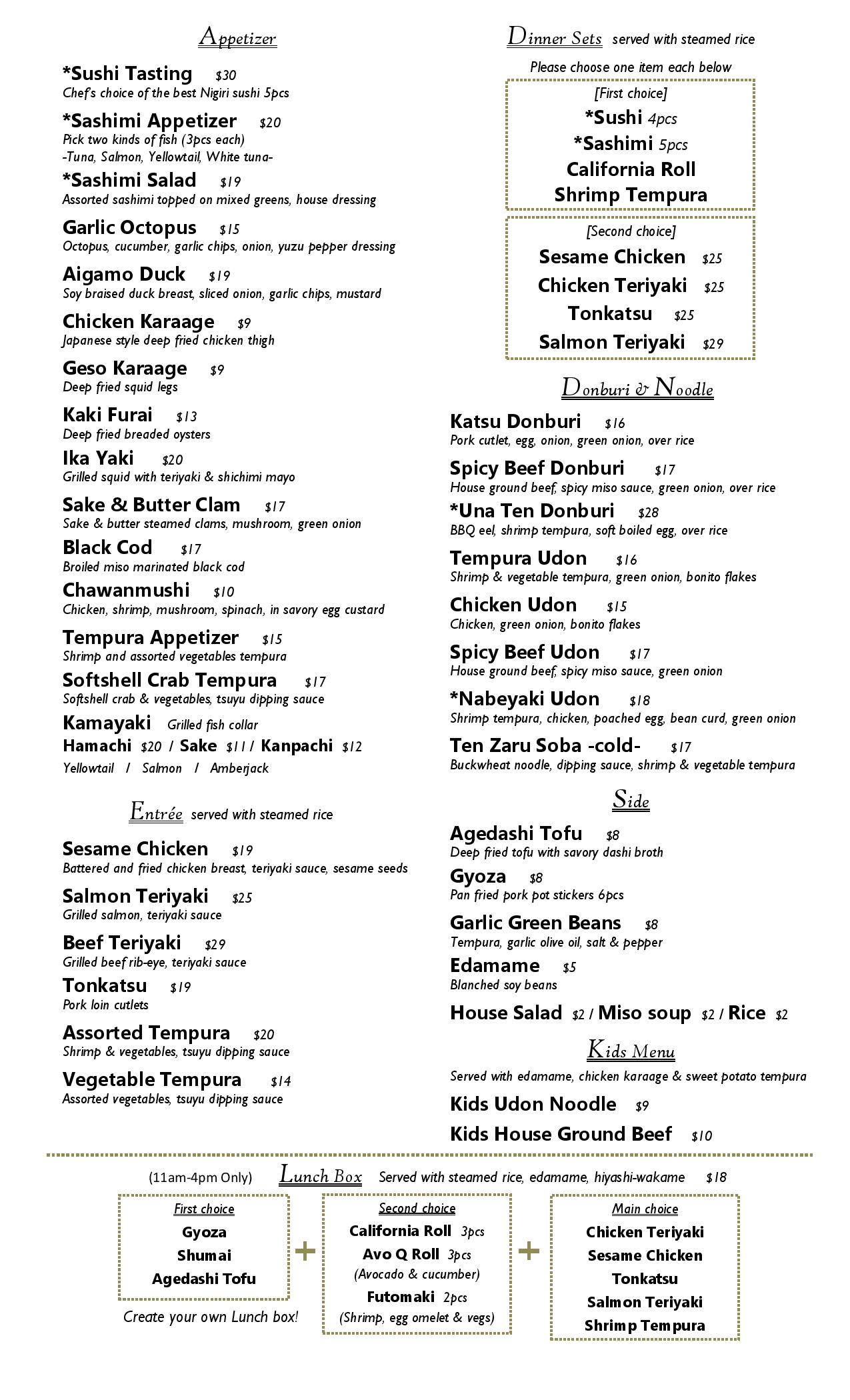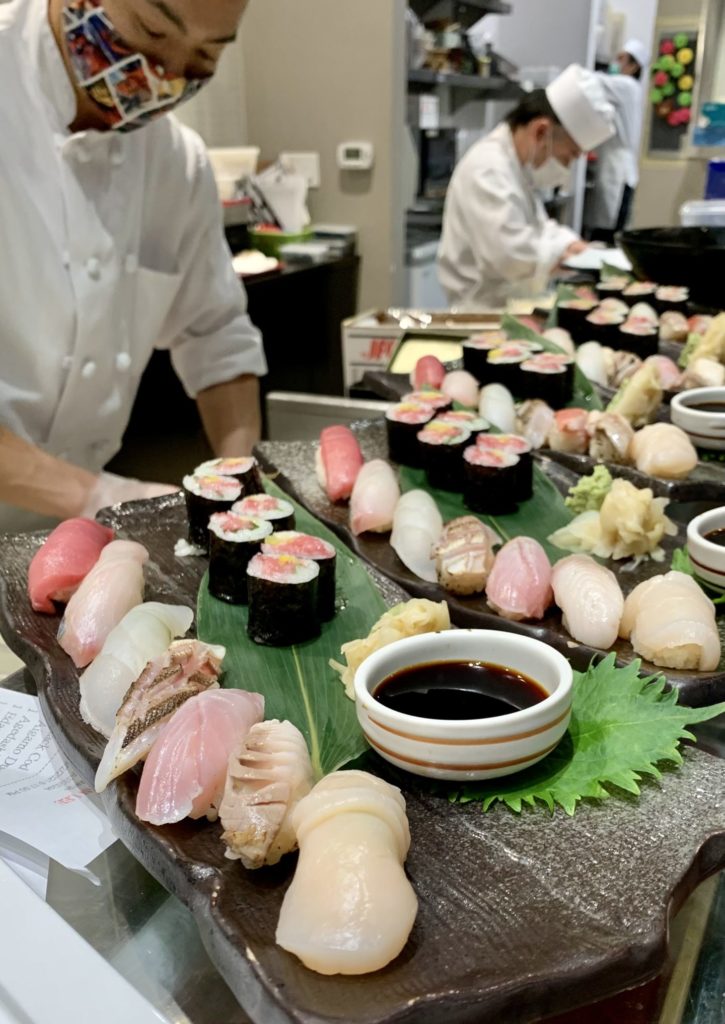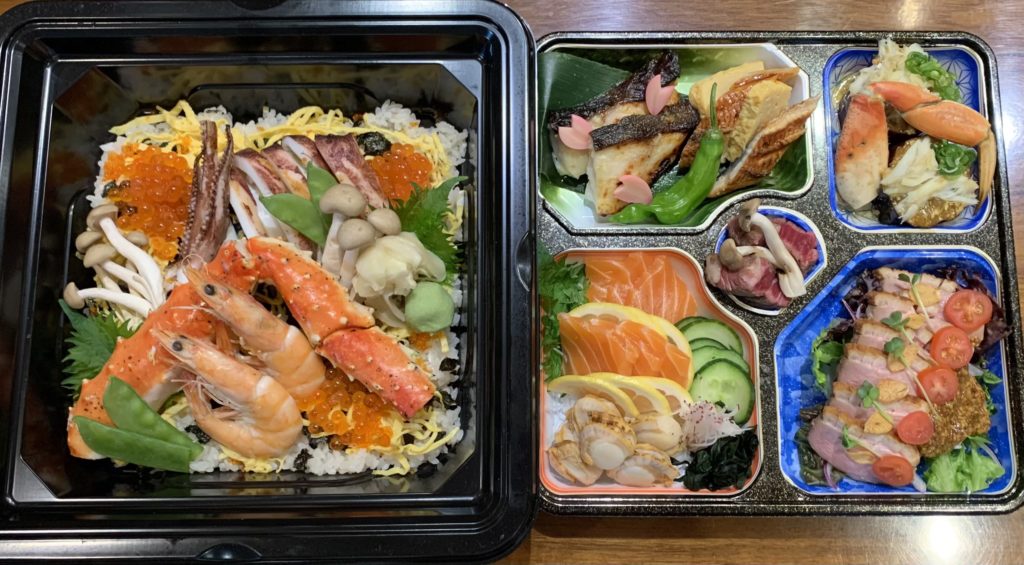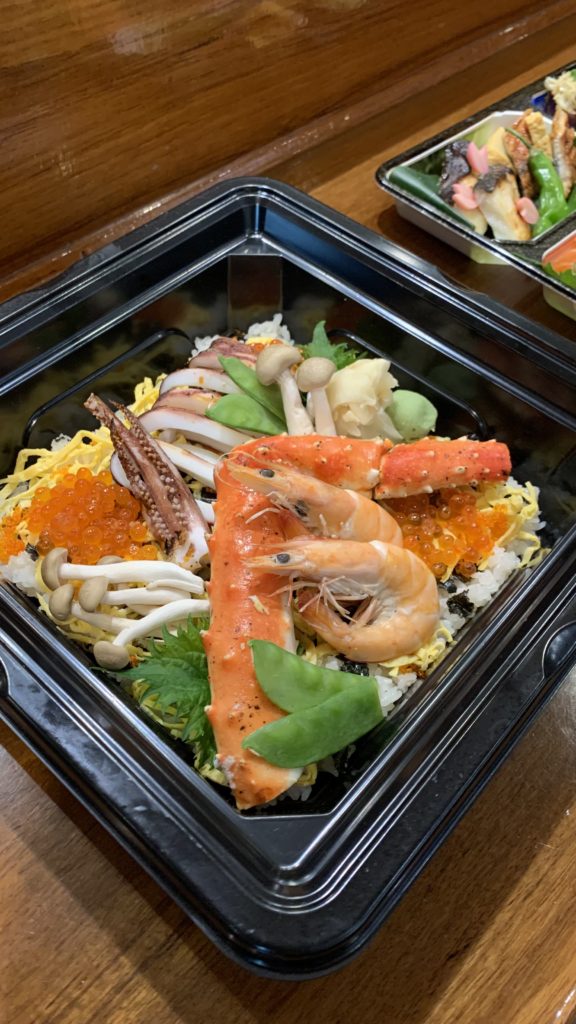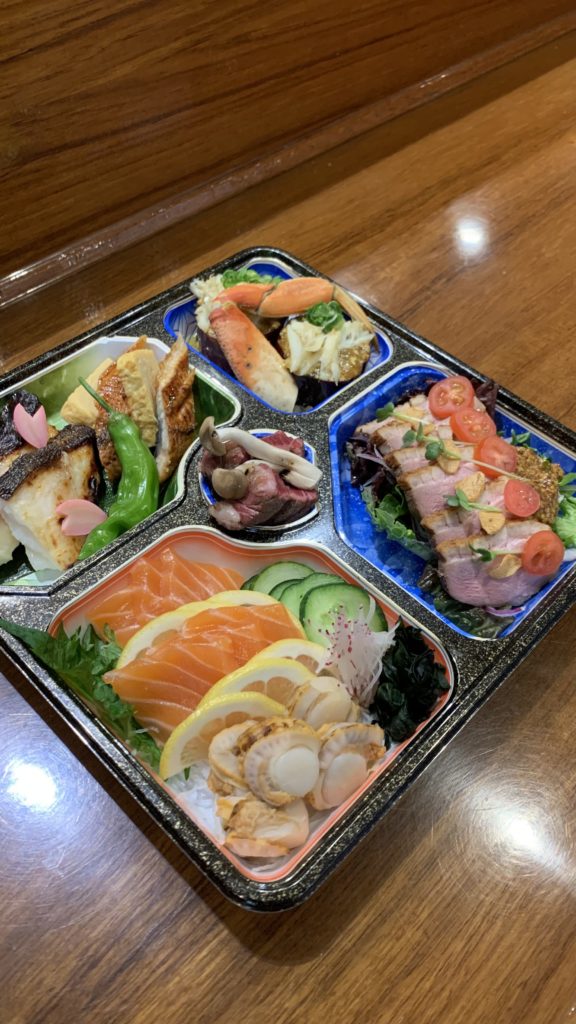There are many reasons why sushi is such an exotic Japanese delicacy, including its nutritional benefits, umami flavor, and tangy taste. It is prepared with either raw or cooked seafood and vegetables. Nevertheless, the original Japanese sushi is made with raw fish and shrimp, which is unquestionably delectable.
Though the rice vinegar used in the sushi recipe tends to preserve it, besides giving a hint of acidity and zesty flavor, sushi can easily go bad. It might be because of the raw or partially cooked seafood or the rice that contaminates quickly in the presence of moisture. Moreover, exposure to air can also deteriorate the quality and edibility of the sushi meal. So, are you concerned about how to keep sushi fresh overnight?
Table of Contents:
How to Keep Sushi Fresh Overnight?
Raw Sushi
Cooked Sushi
Store-Bought Sushi
Conditions to Consider to Keep Sushi Fresh Overnight
Temperature
Time
Exposure
Cleanliness
4 Rules to Keep Sushi Fresh Overnight
Fresh Ingredients
Clean cooking utensils
Prepare Fast
Store Properly
How to know if the sushi has gone bad?
How long does sushi last out?
FAQs
Conclusion
How to Keep Sushi Fresh Overnight?
There’s not one word or phrase answer to the question, “how to keep sushi fresh overnight?” or “sushi should be stored at what temperature?” It is because the conditions or ways to keep sushi fresh, healthy, edible, and nutritious depend on the type of sushi you have. If you have sushi made with raw seafood, the storage conditions and duration differ from the methods of preserving a cooked sushi meal. Moreover, there are limited ways and short duration for keeping store-bought sushi fresh and good to consume.
Furthermore, the size and shape of the sushi and the ingredients included in the recipe affect the storage period and safe consumption window. To avoid rapid contamination and to keep sushi fresh overnight, repackage and store them appropriately. For this purpose, wrap each sushi in a plastic food wrap or cling film sheet. You can also use aluminum foil for wrapping. Then put the pieces in a zip-lock bag or air-tight container. Finally, store them in the refrigerator safely for about two days. You can also cover the sushi with a damp kitchen towel before wrapping it in plastic wrap to prevent sushi from drying out.
Raw Sushi
You can safely store raw sushi at room temperature for about two to three hours, provided no air contaminants cause spoilage. In contrast, sushi remains edible and fresh in the refrigerator for about a day with no risk of food-borne diseases. For this safe storage and consumption, store the sushi appropriately according to the method described above.
Cooked Sushi
Sushi with cooked seafood and vegetables can stay fresh and healthy for about four hours at room temperature. Moreover, you can safely keep sushi for about two days in the refrigerator. Ensure that you preserve it well to avoid spoilage and drying out.
Store-Bought Sushi
Store-bought sushi is not safe to store and consume. It is because you don’t know how and when it is cooked. You can only keep it at room temperature for about an hour or two before you are ready to eat it. However, do not keep it the whole day in the fridge to consume the other day.
Conditions to Consider to Keep Sushi Fresh Overnight
Consider the below-mentioned conditions to keep sushi fresh overnight.
Temperature
Ensure that the temperature of your refrigerator is chill enough to store foods like sushi. It is because cool temperatures slow down bacterial growth. If you intend to store your raw sushi for a day or two, cool the sushi pieces on an ice slab or ice cube tray if you intend to store your raw sushi for a day. Once they are slightly frozen or chilled, pack them according to the method described above and store them in the refrigerator. You can skip the icing step for cooked sushi with vegetables. Moreover, if you buy sushi from the supermarket, ensure it is safely stored in the chilled section.
Time
Timing is a critical parameter when storing and keeping sushi fresh overnight. If you have prepared more sushi than is required at home, safely preserve it in the refrigerator without delay. It is because the more time it stays outside without any protection against air contaminants and moisture, it can become stale quickly, and you cannot keep it fresh for long. Moreover, if you buy sushi from the market, immediately store it in the fridge and take it out only when you want to eat it or serve it.
Exposure
To keep your sushi fresh overnight, ensure it is not exposed to air and moisture. It is because moisture can promote bacterial growth and even cause food-borne diseases. Moreover, air contains many dust particles, allergies, and microbes that can cause spoilage of your food.
Cleanliness
To keep your sushi lasting longer and fresh, ensure that it is prepared with great cleanliness. For this purpose, you should use clean, washed, and dirt-free utensils. Your kitchen countertop and the environment should also be neat and clean since any contaminant or microbial entry to the sushi meal can cause spoilage and deteriorate the quality. Moreover, if you are buying sushi from the store, ensure that the quality of the meal is good and everything is packaged consciously. If any sauce packet or cling-film wrap is torn or damaged, do not buy it.
4 Rules to Keep Homemade Sushi Fresh Overnight
The following are the rules to keep homemade sushi fresh and edible overnight.
Fresh Ingredients
Your ingredients to make sushi should be fresh. For this, buy fresh seafood from the supermarket or catch it yourself if it’s accessible. Then, precisely cut the fish and other seafood for added freshness. Sloppy or unprofessional cutting can cause bruising, promoting spoilage of the sushi. It is the reason why sushi is precisely cut and sliced by Chefs. Also, make sure that the condiments, spices, sauces, seasonings, and vegetables are fresh and of high quality. Furthermore, use high-quality nori sheets and sushi rice to make sushi last longer after preparation; prepare less early before serving.
Clean Cooking utensils
Again it’s crucial to keep your utensils, countertop, chopsticks, cutlery, and environment free from microbes and dirt to prepare high-quality sushi at homemade that can stay fresh for a day or two.
Prepare Fast
Work fast and prepare sushi quickly to avoid the entry of air pollutants and microbes. Also, wash your hands and wear gloves before handling sushi. The faster you make it, the fresher and more appetizing it will look. If you intend to eat the next morning, you can only prepare sushi rice, seasonings, and dressings. However, preserve the prepared items well and assemble sushi quickly before its time to consume it.
Store Properly
The most critical and significant rule is to store sushi properly if you want o consume it fresh and healthy after a day or two. For this purpose, refer to the above storage conditions and methods to keep raw or cooked sushi fresh.
How To Know If The Sushi Has Gone Bad?
You can easily tell if the sushi has gone bad. Smell the sushi for any pungent odors. Moreover, notice if the slimy texture is present. It is because rice, when gone bad, releases a slimy texture. Also, look for indications of mold growth or drastic appearance changes.
FAQs
How Long Is Sushi Good For Unrefrigerated?
If you have stored sushi at room temperature, it can only remain good for about two hours, especially if it is raw. Nevertheless, suppose you are using cooked seafood and veggies in a sushi recipe. In that case, it can stay fresh for a relatively longer duration without a refrigerator, but that depends on the temperature of your region. Moreover, if you want your sushi to remain fresh and edible, try storing it in a refrigerator.
How Long Can Sushi Sit Out At Room Temperature?
As explained in the above answer, sushi can sit out at room temperature for about two hours if it is raw or longer if it’s cooked. However, do not put the store-bought sushi at room temperature since you don’t know when it has been prepared or under what conditions. You also don’t know how well it is preserved or packaged to avoid contamination. Anyhow, you can store the restaurant sushi in a fridge for about four hours.
How To Keep Sushi From Drying Out?
You can prevent sushi from drying out when it is stored at room temperature or in a refrigerator. For this purpose, take two kitchen towels and dampen them with water. Wring the towels to remove excess water and then fold the sushi in the damp towel. Afterward, wrap them in plastic food wrap and place them in a zip-lock bag or air-tight container. Label them with the date and time and safely store them in the refrigerator for about one to two days. Remember that prolonged storage duration can affect the quality, texture, and taste; however, sushi remains non-toxic and edible, provided no contamination has occurred.
Can You Keep Sushi In The Fridge Overnight?
Yes, you can keep sushi fresh in the fridge overnight and even for about two days. However, ensure that the sushi is properly stored and packed to avoid the entry of air that can expose sushi to various contaminants/germs. Moreover, use an air-tight container or zip-lock bag besides wrapping sushi in a plastic food wrap, especially if you have covered sushi in a damp towel, since dampness can favor bacterial growth.
How Long Does Sushi Last Out?
Sushi can last fresh, edible, and nutritious for about two hours at room temperature and about 48 hours in the refrigerator, provided you have preserved them accurately.
Conclusion
Sushi being a delicacy, should be consumed fresh. Nevertheless, when you accidentally prepare more sushi than is required, you must consume it another day rather than tossing it in a bin. Remember, waste not, want not! You only need to know how to keep sushi fresh overnight. Read the above description to know the storage method, conditions, and rules to make and keep sushi fresh, healthy, edible, and nutritious. Pay special attention to store-bought and raw sushi because of the high risk of spoilage. Lastly, ensure o consume sushi in a day or two for the best tangy and umami flavor and nutritiousness and to avoid food-borne diseases.
If you want to enjoy the real taste of Japanese foods visit Sanraku Japanese Restaurant

